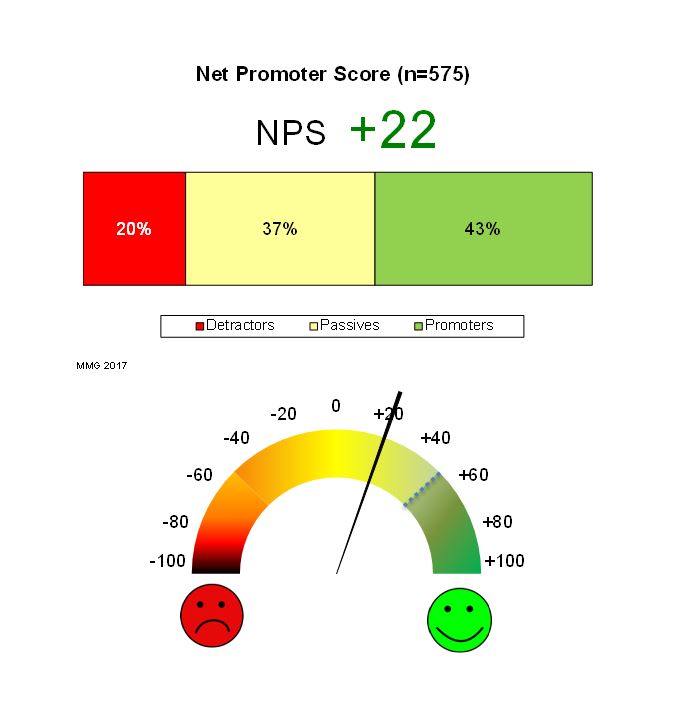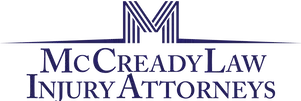What One Question Best Tells You How You’re Doing With Your Clients?

There was a 2003 Harvard Business Review article called “One Number You Need to Grow” which condensed all client satisfaction surveys into one question. This one question measures the loyalty which exists between any company and their customer. Substitute law firm and client, and you have the easiest measure of how your firm is doing. My firm has been asking this question in client surveys for several years.
What is the question? “How likely are you to recommend our firm to a friend or colleague?” This question is graded on a scale from 0 to 10. Seems simple enough, right? But the ingeniousness behind this question is the simplicity of interpretation. Sure, we all want 10’s and want to avoid low scores. But this scale uses an old trick of card counters in Las Vegas. Those who rate your firm 9-10 are considered Promoters (+1). These are clients who are most likely to refer you business in the future. Anyone who rates your firm 0-6 is considered a Detractor (-1). While a Detractor may not necessarily take active steps to disparage you and your firm, you should not expect positive reviews, referrals or repeat business from someone who scores 0-6 as a Detractor. Someone who rates you 7-8 is Neutral (0).
The Net Promoter Score (NPS) is calculated by subtracting the percentage of customers who are Detractors from the percentage of customers who are Promoters. For purposes of calculating the NPS, Neutrals are counted toward the total number of respondents, which decreases the percentage of Promoters and Detractors, and pushes the net score toward zero. A NPS can be as low as -100 (everyone is a Detractor) or as high as +100 (everyone is a Promoter). A NPS which is positive, i.e. higher than zero, is considered good and an NPS of +50 is excellent.
Although it is simple to boil it all down to one question, there is no reason you need to stop with one question. The best client satisfaction surveys also ask open ended questions such as, “what was the best part of your experience with the firm?” or “what could we do to improve?” The answers to these types of questions can be much more enlightening than a simple NPS. But the simplicity of the NPS is what makes it so attractive. The NPS and the follow up questions provide all that is needed to identify clients who you should nurture to refer new business as well as to identify areas of improvement.
The primary purpose of the Net Promoter Score methodology is to evaluate customer loyalty to a law firm. We use the NPS survey at different times in the representation of our clients. We do it immediately after intake, during the course of representation, during litigation and at the end of the case. We measure it for each staff member who works on the case to identify trends, positive or negative, with the way we are working with the client.
Proponents of the NPS approach claim the score can be used to motivate an organization to become more focused on improving client service. Additionally, the Harvard Business Review article associated revenue growth with the NPS. The NPS is just a number. The key is in analyzihttps://www.hbr.org/ng what is producing the number, whether positive or negative, and what steps can be taken to improve the NPS. I will say, that in my experience, the growth of my firm has closely tracked our NPS. We are always looking for ways to improve the delivery of legal services to our clients, and thus increase our NPS. If you have questions on how to best implement a NPS survey, feel free to contact me.

